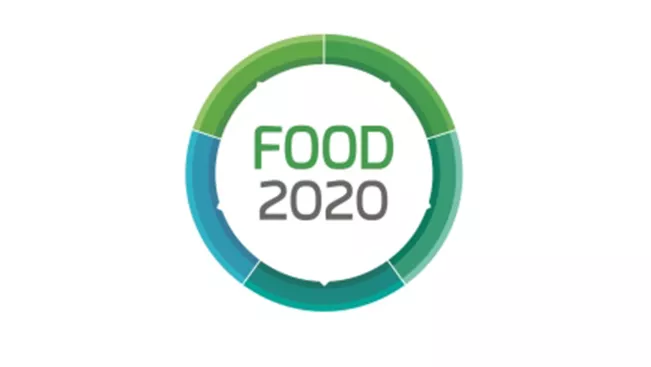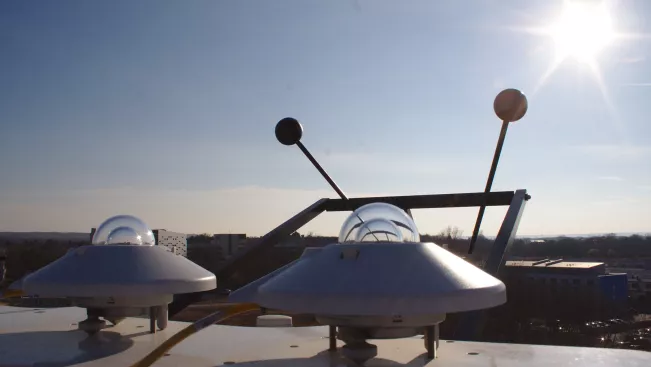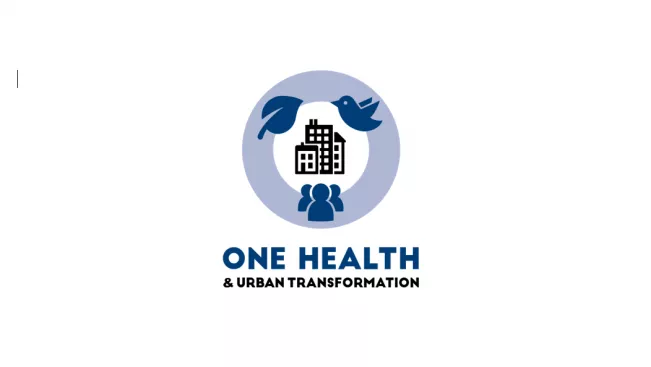Research at the university
Research Database: Projects
Forschungsprojekte (229)
In and around Bonn, there is a unique concentration of local, regional, national and international actors in the field of biodiversity research and conservation. They include various institutions such as international organizations, relevant university institutes and facilities, several federal ministries and subordinate authorities, in addition to numerous other important actors of different stripes. With almost 60 member institutions from the Bonn/Rhein-Sieg region, BION bundles extensive knowledge and know-how in the field of biodiversity.
Project management at the H-BRS
Prof. Dr Wiltrud TerlauThe Food 2020 project is all about the German-Dutch border region, the center of the European food industry. Through the project, small and medium-sized enterprises (SMEs) in the food industry in the border region receive financial and technical support as well as innovative ideas from research institutions.
Project management at the H-BRS
Prof. Dr Martin HamerFood is increasingly available at lower prices in Germany. As a result, large sections of the population in Germany can now financially afford to eat meat every day, for example. However, the production, trade and consumption of meat are not free from criticism. Companies are responding to this with various means of improved communication; such as information offers or quality seals and labels for the consideration of animal welfare.
Project management at the H-BRS
Prof. Dr Wiltrud TerlauDevelopment of a flasher for photovoltaics with capabilities to control intensity, spectral energy density distribution, and angle of incidence for direct site- and time-based yield measurement in the laboratory.
Project management at the H-BRS
Prof. Dr Stefanie Meilinger Prof. Dr Dieter Franke (Professor im Ruhestand)In order to save energy, ergonomic indoor climate control adapted to people's personal preferences is a good way. For this purpose, weather forecast data can be used, personal climate control data from the past, preferences and simulation evaluation data can be included and evaluated. A room model will be developed and simulated that evaluates such data and suggests individualized room climate control.
Project management at the H-BRS
Prof. Dr Stefanie MeilingerIn Germany, photovoltaic (PV) systems are increasingly being combined with battery storage systems to enhance self-consumption and relieve the electricity grids of weather-related power peaks. Predictions of solar radiation and expected PV power generation are prerequisites for an optimal battery charging strategy. In the PV-Sp project, a feasibility study is conducted exploring whether a radiation map can be created based on the PV yields of PV battery systems, leading to an improvement of PV power predictions.
Project management at the H-BRS
Prof. Dr Stefanie MeilingerThe main objectives of the definition project "Energy Self-sufficiency for Health Facilities in Ghana" were to form a consortium of academic and corporate partners to prepare a draft proposal for a research and development (R&D) project aimed primarily at simultaneously improving access to health services and energy through the development and delivery of context-appropriate and sustainable energy solutions for health facilities in Ghana.
Project management at the H-BRS
Prof. Dr Katja Bender Prof. Dr Stefanie MeilingerNRW has an enormous market power with an annual procurement volume of approx. 50 billion euros. Increasing demands on the sustainability of these products demanded by the public sector have already shown positive effects. At the same time there is still potential for improvement in the consideration of ecological and social aspects in public tendering procedures. Our research and transfer network on sustainable public procurement in NRW is dedicated to the identification of relevant barriers and drivers, value chains as well as potential solution options.
Project management at the H-BRS
Prof. Dr Wiltrud TerlauThe goal of this project was to develop a strategy in order to extend the infrastructure of car charging stations in Bonn and the Rhein-Sieg-Kreis. Based on goals set by the government and information about the distribution of the car density in the area of interest, scenarios for the extension between 2016 and 2020 have been identified. In order to achieve these goals, the number of charging stations has to be raised successively from 256 (in 2016) to a number of 935 in 2020. Therefore, a grid map for the distribution of charging stations for electronic cars and bicycles had to be created. Also so called "points of interest" (POIs) (tourist attractions, leisure time facilities, etc.) as well as park-and-ride stations have been taken into account. All those options have been ranked according to their priority and their individual traffic data. The current distribution of charging stations has been investigated beforehand. With the help of an algorithm, the best positions and distributions for charging stations have been determined. Though, further analysis is necessary in order to bring these proposals into practise. Therefore, a guildeline has been developed and tested in a workshop for the locations "Königswinter" and "Bonn City Centre".
Project management at the H-BRS
Prof. Dr Stefanie MeilingerThe research consortium "One Health and Urban Transformation - Recognizing Risks and Developing Sustainable Solutions" is a graduate school funded by North Rhine-Westphalia’s Ministry of Innovation, Science and Research NRW. It is coordinated by the Center for Development Research (ZEF) in cooperation with institutes of the University of Bonn, the Bonn-Rhein-Sieg University of Applied Sciences and the United Nations University (Institute for Environment and Human Security).
Project management at the H-BRS
Prof. Dr Katja Bender Prof. Dr Wiltrud Terlau Prof. Dr Martin HamerContact Points
Centre for Science and Technology Transfer (ZWT)
Room
F 405
Vice President Research and Transfer
Campus
Sankt Augustin






